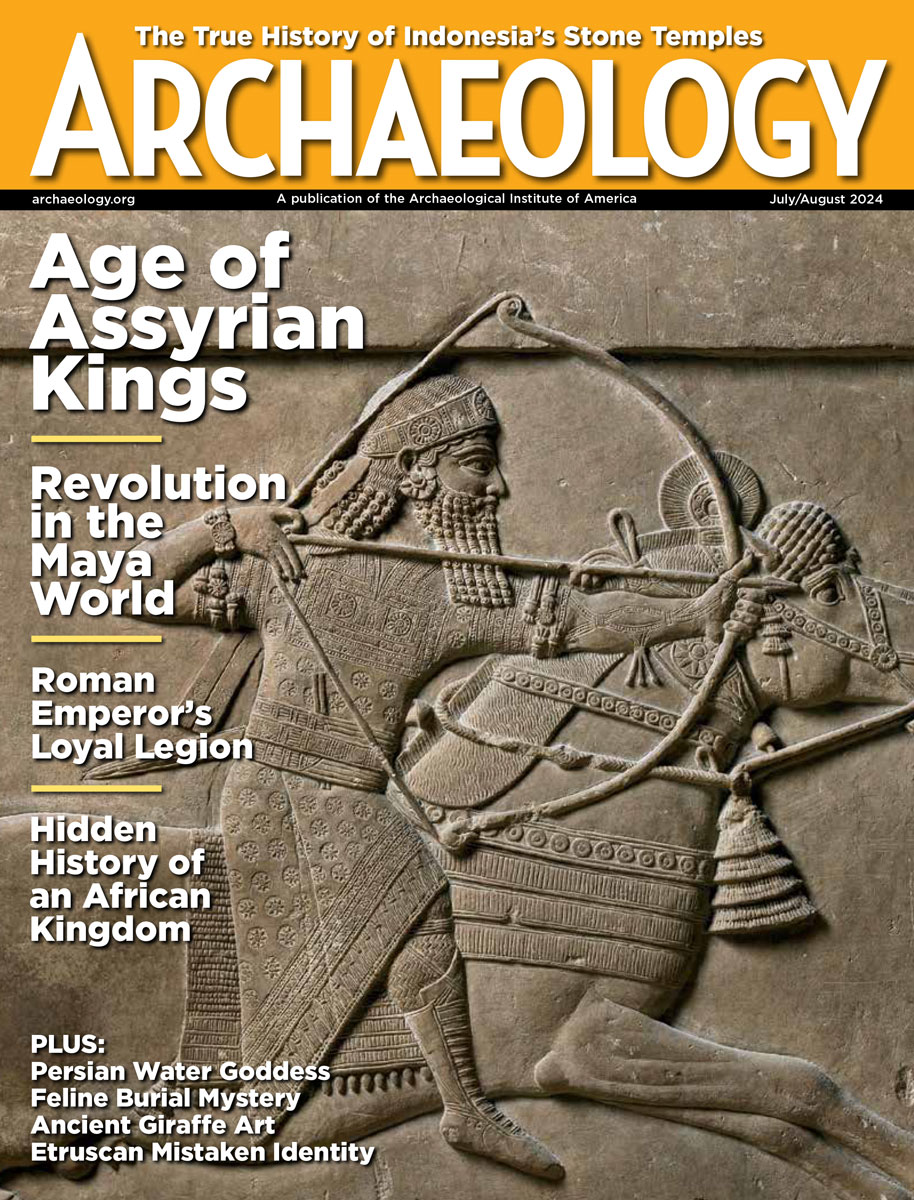Monday, February 25
February 25, 2008
A shipment of antiquities said to be worth $6 million was seized by Sharjah Port authorities in the United Arab Emirates. “The shipment was coming from Turkey and was expected to be received by Sharjah-based antique dealers who planned to transport it to Switzerland,” said Sabbah Jasem, head of the Sharjah Archaeology Museum.
A Roman marble sculpture stolen from a storage facility in Libya was found at an auction house in Paris.Â
Former first lady of Peru, Eliane Karp-Toledo, has written an article for the New York Times on the negotiations between Peru and Yale University over artifacts from Machu Picchu.  Yale University faculty members and general counsel respond to her claims in the Yale Daily News.Â
 A medieval church in northeastern England sits on the foundations of earlier churches. “It’s thought the first church here was late Saxon or early Norman, but there’s stong evidence of a prehistoric ritual site,” said archaeologist Peter Ryder. Â
Will Antarctica become a hotspot for archaeologists? Â
Vandalism and looting threaten the UNESCO World Heritage site of Bagamoyo in Tanzania. In the eighteenth century, Bagamoyo was a center for the East African slave trade.
- Comments Off on Monday, February 25
Friday, February 22
February 22, 2008
Scientists from the Stanford Human Genome Center studied 650,000 DNA locations from 938 people from 51 different places, to create “the highest resolution look at population genetics that has been done to date,” according to researcher Devin Absher. They say that their paper, published in Science, when combined with the two studies published in Nature, (see yesterday’s news listings) offer strong evidence for the “Out of Africa” theory of human migration.
A study published in Current Anthropology suggests that the average height of people within different ethnic groups can be linked to where and how their ancestors lived. (Nomadic herders tend to be taller than hunter gatherers.)Â Â
Only battery-powered vehicles will be allowed to approach the World Heritage Khajuraho temples, located near Bhopal, in central India. “Pollutants are damaging the walls of the temples. Unesco has asked us to make the area around the temple a pollution-free zone,” said K.K. Muhammad of the Archaeological Survey of India. Â
Al-Ahram has published photographs of what had been called the “warrior’s tomb,” discovered in Thebes, and pictures of the arrows and pottery found within it. The burial dates to 2000 B.C. Â
New magnetic resonance scanning software allowed researchers from the University of Zurich to examine a 1,000-year-old Peruvian mummy “without having to moisten tissues before examination.” This short piece from BBC News is accompanied by four photographs.
- Comments Off on Friday, February 22









